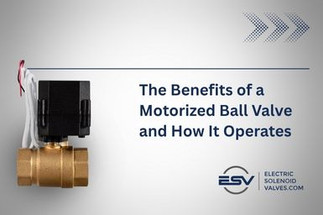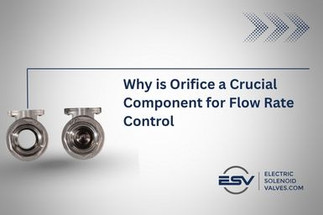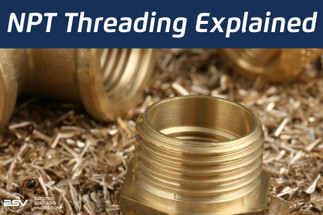Posted by Electric Solenoid Valves on Nov 11th 2025
Blog
Motorized ball valves pair a quarter-turn ball valve with an electric actuator. They deliver full-port flow, low pressure drop, and a gentle open and close that reduces water hammer. Compared to many
…
Posted by Electronic Solenoid Valves on Nov 4th 2025
Why is Orifice a Crucial Component for Flow Rate Control
Ever wonder why two solenoid valves that look the same on the outside have totally different flow numbers on the spec sheet? Same coil, same body size, same pipe threads—yet one moves plenty of
…
Posted by Electronic Solenoid Valves on Oct 28th 2025
What Is a Y-Strainer and How Does It Work?
A Y-strainer (a.k.a. wye strainer) is a compact inline filter that catches debris—rust flakes, pipe scale, sand, Teflon tape fragments—before it reaches sensitive components like solenoid
…
Posted by Electronic Solenoid Valves on Oct 15th 2025
Brass vs Stainless Electric Ball Valves
Picking the right valve body material is the fastest way to avoid leaks, stuck balls, and premature actuator issues. This guide compares brass vs. stainless for electric (motorized) ball valves, so yo
…
Posted by Electronic Solenoid Valves on Sep 8th 2025
Avoid Leaks: Match NPT Thread Size & Port for Solenoid Valves
Choosing the wrong port or thread is one of the fastest ways to end up with leaks, returns, and downtime. This quick guide gives you a practical npt thread size chart up front, then walks you thr
…
Posted by Electronic Solenoid Valves on Aug 18th 2025
NPT Threading Explained
Threaded fittings are an essential component in many fluid control systems, including solenoid valves . One type of thread you might come across is the National Pipe Thread Taper (NPT) thread. In this
…






